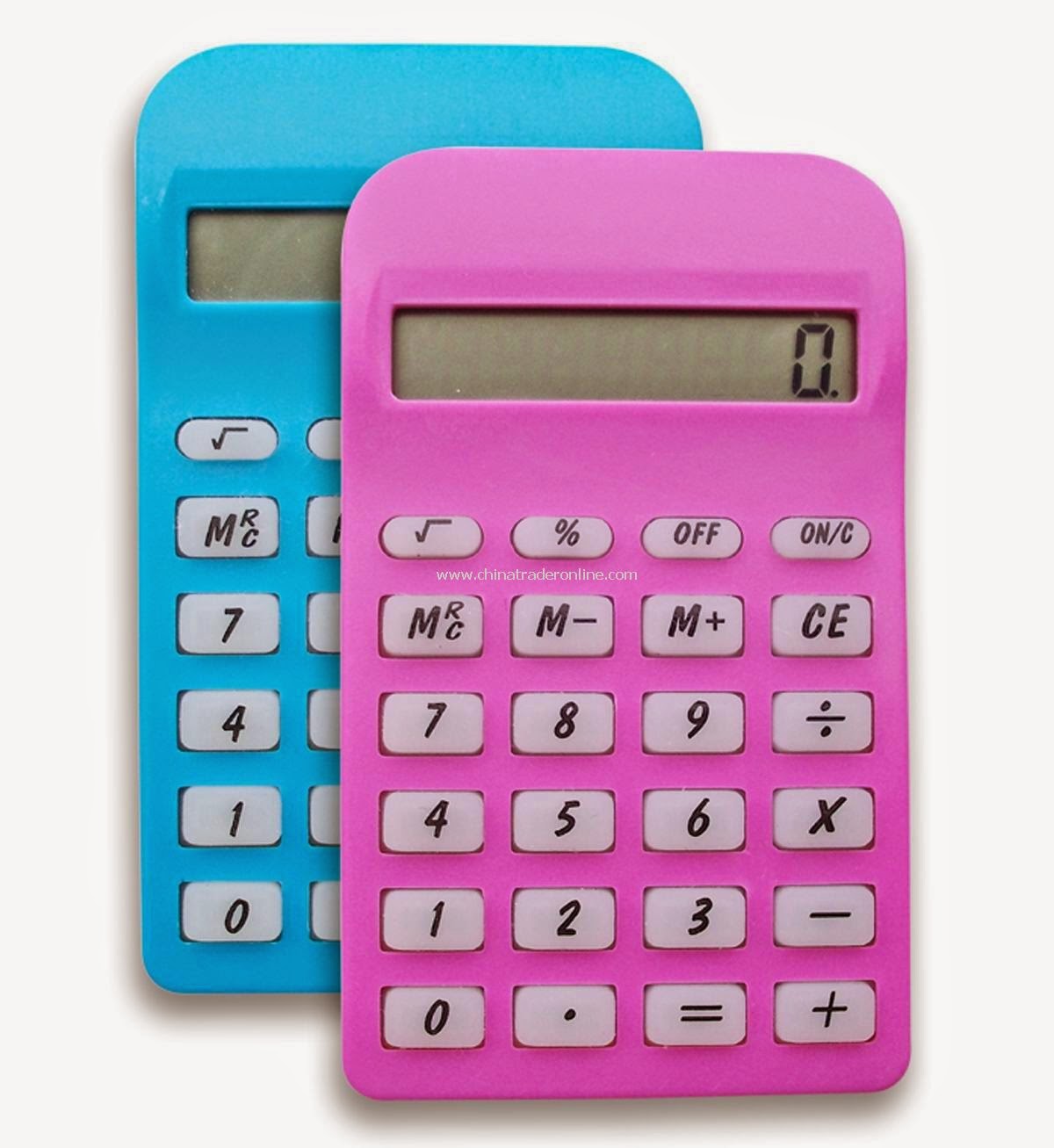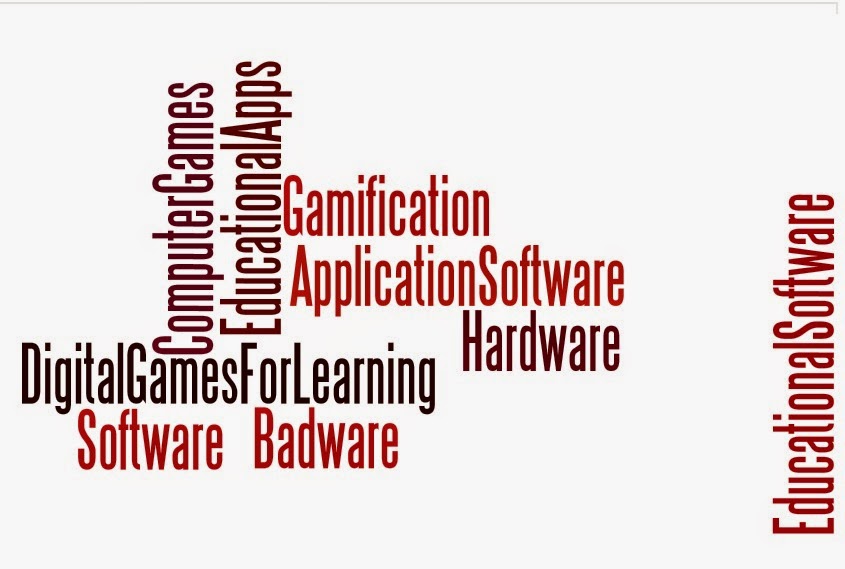Retrieved from:
Before taking EME2040, I did not know what This class was really going to be about. I know it was obviously about technology and school but I didn't really know just how much information I was going to learn to prepare me as a future teacher.This was actually one of my favorite classes thus far, all of the things we have done in this class were very informative and some things were actually pretty fun.
This is one of the first college courses that I have taken where I have been excited to show people what I get to do. Learning how to create websites, and blogs is really fun stuff and it is also stuff that will be beneficial to know later on down the road when I am a teacher.My favorite assignment in this class had to be teacher webpage eportfolio. I found it to be fun to put together, and it is something that I should know how to do for future reference.
The text book we have used throughout this course has been a very useful tool. I find that the information it held was very insightful and informative. Every chapter held some sort of new information, that I learned through out this course.
I think I really enjoyed writing this blog. Although it was tedious at times, I found it to be fun. Being able to create different things to put on my blog was fun and let me be creative.
All in all this course was a very interesting and informative course. I enjoyed every aspect of it. All of the projects that we have done in this class are great learning tools and some of the things I will take with me for when I am a teacher in the future.
Resources:
Maloy, Robert, Verock-O’Loughlin,Ruth-Ellen, Edwards, Sharon
A., and Woolf, Beverly Park (2013). Transforming Learning with New
Technologies. 2nd Edition. Boston, MA: Pearson Education, Inc.
School desk picture retrieved may 2nd from https://rosegnadeportfolio.wordpress.com/classroom-management/sample-1st-day-introduction-and-parent-open-house-powerpoint/
Barnes,Ashlynn. "webpage eportfolio". 2015. JPEG file.











.png)

